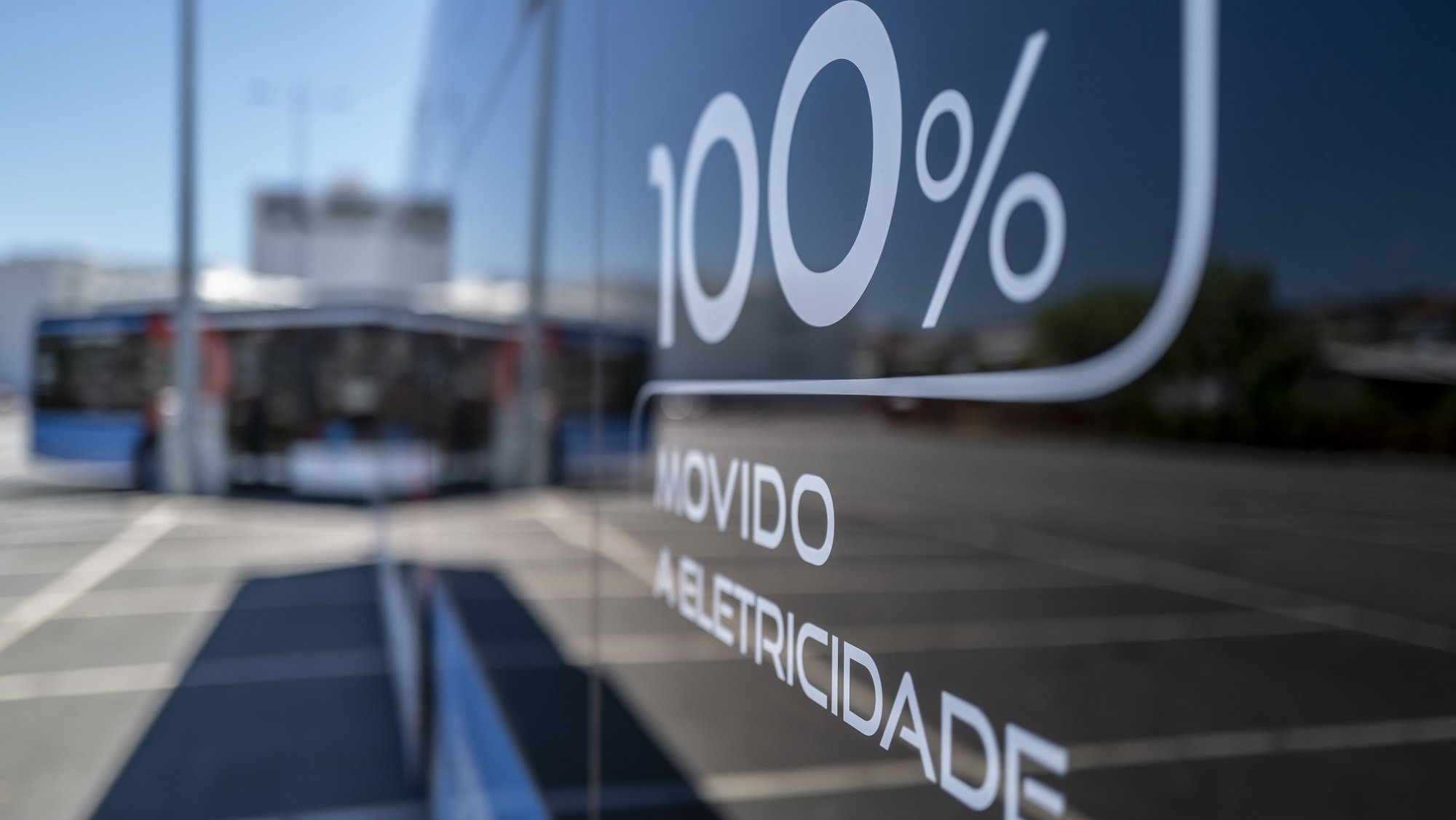A team of researchers from the University of Coimbra (UC) has developed an intelligent model that makes it possible to optimize the charging of electric bus fleets by between 30 and 40% and reduce operating costs.
In a press release sent to the Lusa agency, the UC explained that the study, called “Coordinated charging strategy for electric buses considering V2G and battery degradation”, also shows that the model contributes to extend battery life cycle.
The study is already published in the journal Energy and was carried out at the Coimbra Institute of Systems Engineering and Informatics (INESC Coimbra) of the University of Coimbra, being financed by the Foundation for Science and Technology (FCT).
Scientists from the University of Coimbra discover a 100,000-year-old case of deafness
Quoted in the press release, the authors of the model (Jônatas Augusto Manzolli, João Pedro Trovão and Carlos Henggeler Antunes) explained that the The decarbonization of public transport is essential to increase energy efficiency, mitigate climate change and reduce urban pollution.
However, “there are still challenges to overcome to enable mass adoption of these vehicles in cities, namely infrastructure and operational constraints.”
Currently, the electrical network is not prepared for the total electrification of public transport. That’s why, solutions need to be found to overcome these obstacles“, they added.
According to the information, the model developed by the three researchers from INESC Coimbra proposes a mixed approach, considering the sale of energy to the grid through V2G (vehicle to grid) technology and the degradation of batteries.
Laboratory researchers in Coimbra are a kind of Sherlock Holmes on the hunt for plant diseases
What distinguishes this model is precisely the fact that take into account battery degradationCarlos Henggeler Antunes and João Pedro Trovão stood out, who are also professors at the Faculty of Science and Technology of the UC (FCTUC) and the Polytechnic Institute of Coimbra (IPC), respectively.
The main novelty of the model is to include a battery aging structure to evaluate the costs of degradation, which makes it possible to increase the life cycle of batteries, which are currently still expensive”, they point out, adding that “not all vehicles need be fully charged to operate every day.”
“This aspect is important because reduces the total cost of charging and plays a role in improving the cycle life of batteries“.
Are batteries better and cheaper?
To evaluate the effectiveness of the developed model, the researchers carried out a case study, using real data from the fleet of electric minibuses that circulate in the city of Coimbra, known as “sneakers”.
Several analyzes were also carried out to understand how the model would work optimally in fleet management.
The results obtained showed that, “comparing the worst possible scenario —for example, charging the fleet at the time when energy is most expensive and charging all the buses at the same time, without any type of coordination— with the developed model, it was possible to one improvement between 30 to 40%a very high percentage, which shows that, if the load is coordinated, the cost reduction is very significant“, highlighted Jônatas Augusto Manzolli, first author of the scientific article and student of the doctoral program in Sustainable Energy Systems at UC.
The team also carried out sensitivity analysis tests to assess the possibilities of trading energy with the electricity grid, having verified that it would not currently be advantageous, but in the near future it could be economically profitable.
The researchers explained that the system evaluates the “possibilities of energy transactions with the network, considering battery replacement price scenarios and variations in the price of electricity.”
Looking at battery degradation and power sales, our study indicates that by 2030, operating costs could be 38% lower. Therefore, the approach presented in this work provides a tool that can be used by public transport operators to assist in decision-making on the electrification of bus fleets.
UC also mentioned that the next phase of the investigation will focus on develop a more detailed version of the optimization modelallowing a forecast in minutes, to respond, for example, when an accident occurs and a reorganization of the entire fleet and its cargo is required.
Source: Observadora
